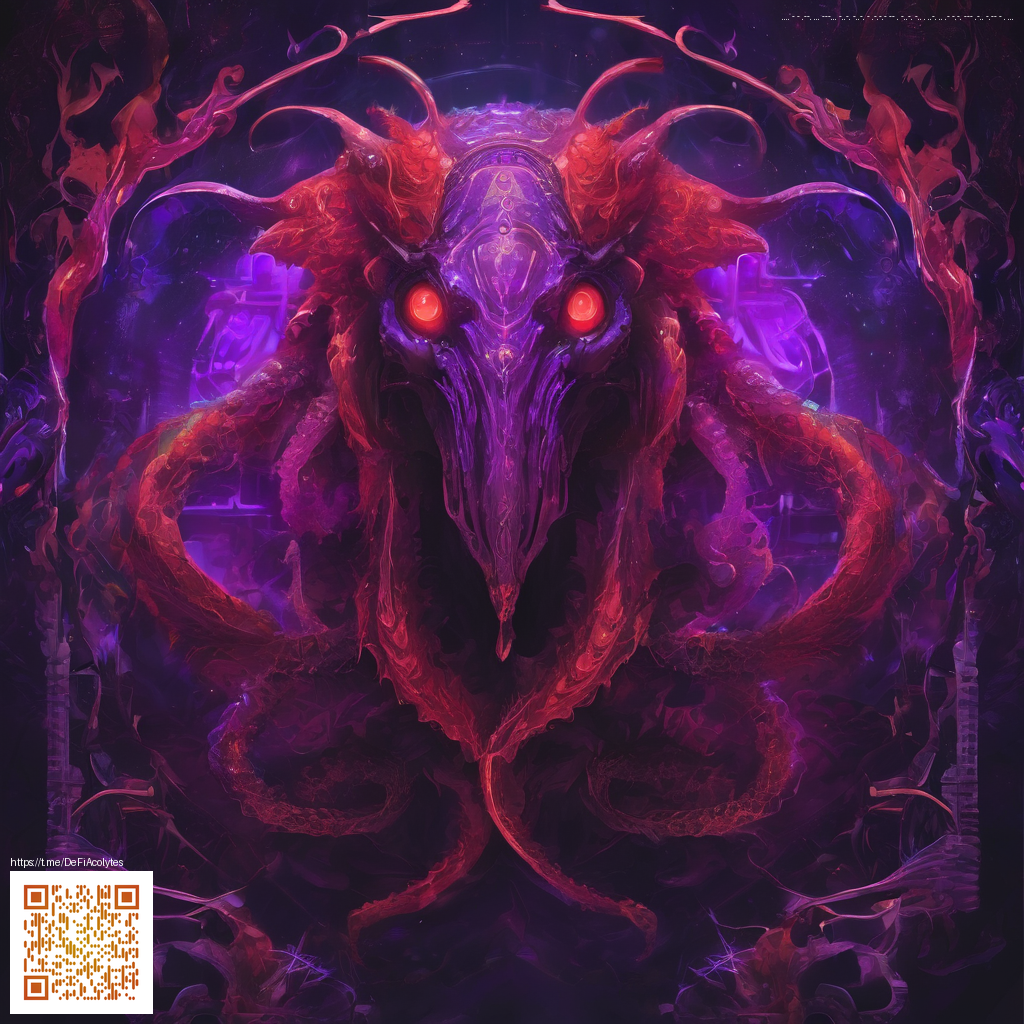
Iridescent Shimmer in Digital Paper: Techniques and Tips
Digital paper offers a rich playground for color behavior and light interaction, where you can coax iridescence and subtle shimmer to reveal themselves with every viewing angle. The goal isn’t just pretty gradients; it’s a believable performance of light across a flat surface. By studying how real materials bend, reflect, and refract light, you can reproduce that same life-like shimmer in your artwork, whether you’re designing for print textures, UI surfaces, or immersive concept art.
Understanding Light and Material Interactions
Iridescence arises when light interacts with micro-structures on a surface. In digital work, you simulate this through angle-dependent color shifts, layered reflections, and carefully controlled specular highlights. Think of color as a chorus rather than a single note—the hue shifts as you rotate the canvas or adjust the light source. Techniques like gradient mapping, multi-layer blending, and soft light passes allow you to mimic interference patterns without needing physical textures. The result is a surface that shifts from teal to violet, gold to emerald, as the viewer’s perspective changes.
Practical Techniques for Digital Artists
- Base color and gradient flow: Start with a base color that will become your dominant hue. Build a multi-stop gradient that sweeps across the surface, choosing stops that mirror the direction of the shimmer you want to achieve. A magnetic blend between adjacent stops helps avoid abrupt color jumps.
- Blend modes for glow and depth: Use overlays and soft light to introduce color interactions, then layer a subtle color dodge or linear Dodge to intensify pinpoints of light. The idea is to keep the shimmer dynamic, not flat.
- Micro textures and noise: Add a very light grain or micro-noise to break up perfectly smooth areas, which helps the iridescent effect feel real rather than digital. Mask the noise so it lives mainly in the mid-tones where reflections are strongest.
- Specular highlights and specular maps: Paint or generate small, sharp highlights to simulate glossy reflections. A separate highlight layer with a pale tint can suggest metallic luster without washing out color shifts.
- Angle-aware shading: Create a subtle gradient or radial mask that shifts with a virtual light angle. This makes the same surface look different when rotated or viewed from a different direction.
- Feathered masks and gradients: Use soft edges on your masks to ensure transitions feel organic. Harsh edges disrupt the illusion of a living shimmer.
Materials and Textures That Inspire Real-World Iridescence
Beyond pure color tricks, material choice matters. Real iridescence often comes from micro-structures rather than pigment alone. For digital artists chasing sustainable aesthetics, you can draw inspiration from eco-friendly materials that blend texture with color in unexpected ways. For example, a biodegradable skin like the Biodegradable Eco Phone Skin vegan paper leather back sticker demonstrates how a matte base can support a luminous overlay without overpowering the composition. Such textures serve as excellent reference points when thinking about how to integrate shimmering finishes on digital surfaces that still feel tactile and approachable.
“Iridescence isn’t a gimmick; it’s a behavior of light you can choreograph with thoughtful layering, careful masking, and restrained contrast.”
When you fold this approach back into your workflow, you’ll find that the most convincing shimmering effects come from three pillars: color choreography, light-aware masking, and measured sparkle. If you’re unsure where to start, begin with a soft gradient glimmer, add a delicate highlight pass, and then test the effect across different viewing angles. This iterative process helps you tune the shimmer until it behaves like a natural part of the surface rather than an afterthought placed on top.
A Simple, Reproducible Workflow
- Set a base hue and establish a sweeping gradient across the surface to guide the shimmer’s direction.
- Introduce a secondary gradient map that shifts across the piece, simulating changing light color as it moves.
- Layer a glow or color dodge pass to intensify key accents without saturating the entire surface.
- Apply a subtle texture or noise layer to break up flat regions and simulate microstructure.
- Craft small, precise highlights on a separate layer and mask them to areas where reflections would naturally occur.
As you experiment, you’ll notice how certain materials can subtly influence the mood of the shimmer. If you’re curious about practical, real-world references that align with this aesthetic, you can explore materials that blend eco-friendly credentials with tactile appeal—these often translate well into digital textures that feel grounded and contemporary. For ongoing inspiration, revisit the reference page and related content to compare how different approaches read in motion and on different devices.